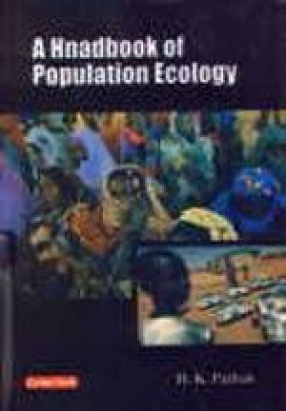
Showing all 8 books




Medical sociology, in its nineteenth-century origins, derived from three overlapping concepts, medicine as social science, social medicine, and the sociology of medicine. All three are concerned with explaining the linkage between social conditions and medical problems, the idea that human diseases is always medicated and modified by social activities and the cultural environment. Medicine is a social science, wrote Rudolph Virchow in 1848. Even earlier, French ...

The term tsunamic comes from the Japanese composed of the two kanji (tsu) meaning harbor and (nami) meaning wave (for the plural one can either follow ordinary English practice and add as s, or use an invariable plural as in the Japanese). Tsunamic are sometimes referred to as tidal waves. In recent years this term has fallen out of favour especially in the scientific community because tsunamic actually have nothing to do with tides. The once popular term derives ...

Contents:1. Persian Art and Architecture.; 2. Anthropological Concept of Space.; 3. Ancient Egypt.; 4. Environmental Aspects of Art.; 5. Greece.; 6. Towards a Modern Theory of Islamic Architecture.; 7. The Introduction and Origin of Buddhist Art in Thailand.; 8. The Art of Lopburi Period (11th-13th Century A.D.).; 9. The Development of Buddhist Art in Thailand.; 10. The Development of Sculpture in Buddhist.; 11. Introduction of Painting in Buddhist Art in ...



The decade of the 1970s was marked by a growing climate consciousness, both popular and scientific. The new interest was sparked by a series of extreme climate events and related disruptions, and by scientific speculation as to increased climate variability and possible climate change. Two sets of events during this period attracted both scientific and public interest. The first, in 1972, was the apparent simultaneous occurrence of unfavorable weather in many ...

Practical ecological problems such as preservation of threatened species, design of nature reserves, planned harvest of game animals, management of fisheries, and evaluation of human impacts on natural systems are addressed with quantitative tools, such as models. A model is a mathematical representation of a natural process. Many biologists now use models implemented as computer software to approach the quantitative aspects of these practical problems. In ...
